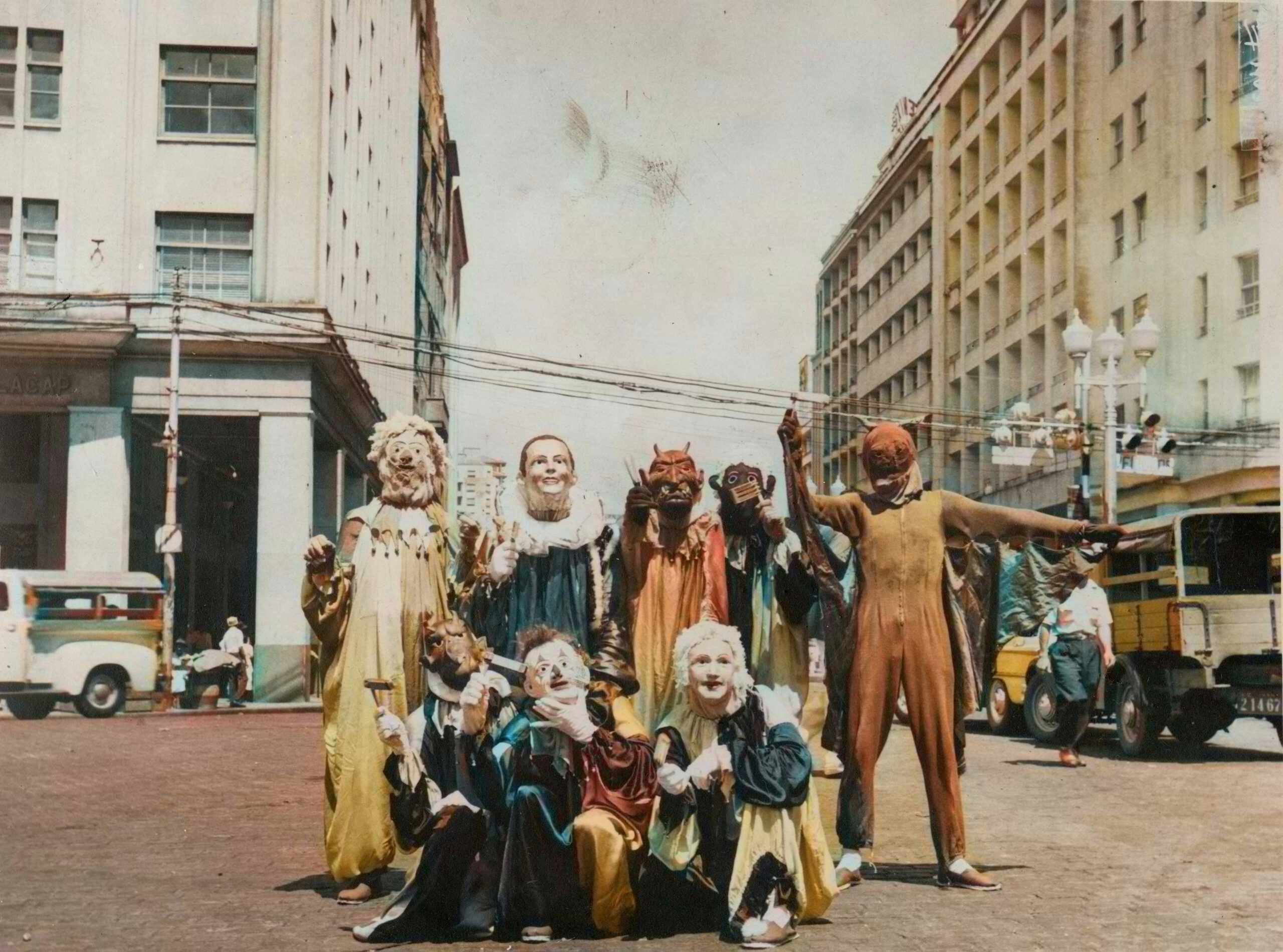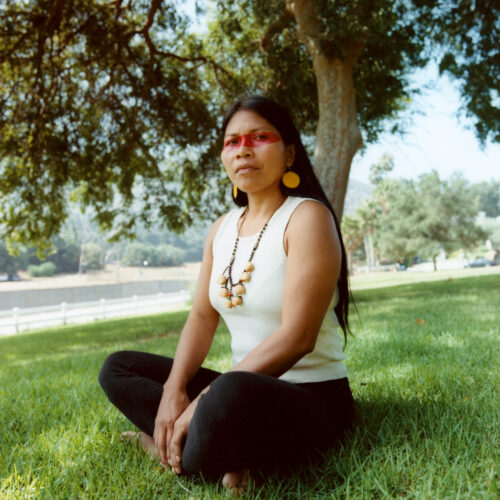The New York Film Festival has long celebrated cutting-edge filmmaking from Latin America. The first film ever presented at NYFF back 1963 was Luis Buñuel’s biting social critique “The Exterminating Angel.” Although it was made by a Spanish expat living in Mexico, the film has since become a canonical work of Mexican cinema, influencing countless filmmakers across the globe. Latin American cinema has played a pivotal role at the festival by providing New York audiences with glimpses of developing styles and emerging directors, but its presence has always been overshadowed by the more celebrated European and American cinema.
Last year, only two Latin American feature films played at NYFF. The year before that, the number was the same. Although certain years have seen an uptick in Latin American films — 2001 saw the presentation of Lucrecia Martel’s “La Ciénaga,” Lisandro Alonso’s “La Libertad” and Alfonso Cuarón’s “Y Tu Mamá También” — Latin American cinema is historically underappreciated at most major film festivals, as is much of the cinema from the Global South. That’s why it was such a delightful surprise to see six Latin American films playing at the 2023 edition of NYFF. The majority are Argentine or have received funding from Argentina and Chile, however, the films’ largely humorous takes on the longstanding sociopolitical malaise in the region are inherently transnational.
Following the festival, we’ve reviewed the six Latin American titles in its selection ahead of their public releases.
Martín Rejtman’s “La Practica” (Chile, Argentina)
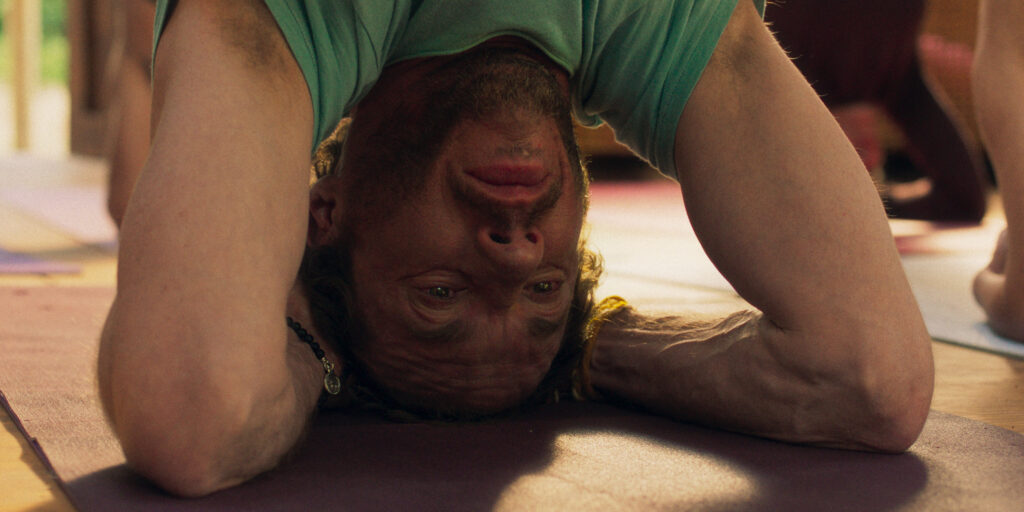
“La Practica” (2023). Courtesy of NYFF
After ten years spent absent from feature-length filmmaking, Martín Rejtman returns with “La Practica.” This comedy about a depressed yoga instructor going through a divorce doubles down on Rejtman’s signature deadpan. His commitment to this style of comedy results in noticeably artificial characters whose robotic gesturing and speech render their quotidian problems funnier than if they were presented in a more realistic fashion. The strangeness of Rejtman’s style doesn’t make the laughs in the film immediately apparent, but the way in which he hyperbolizes life’s minor dramas to ridiculous effect offers much to reflect on. Perhaps the role of the arthouse comedy is not to elicit immediate laughter, but to make the audience contemplate a chuckle when confronted with the absurd.
Rodrigo Moreno’s “Los Delincuentes” (Argentina)
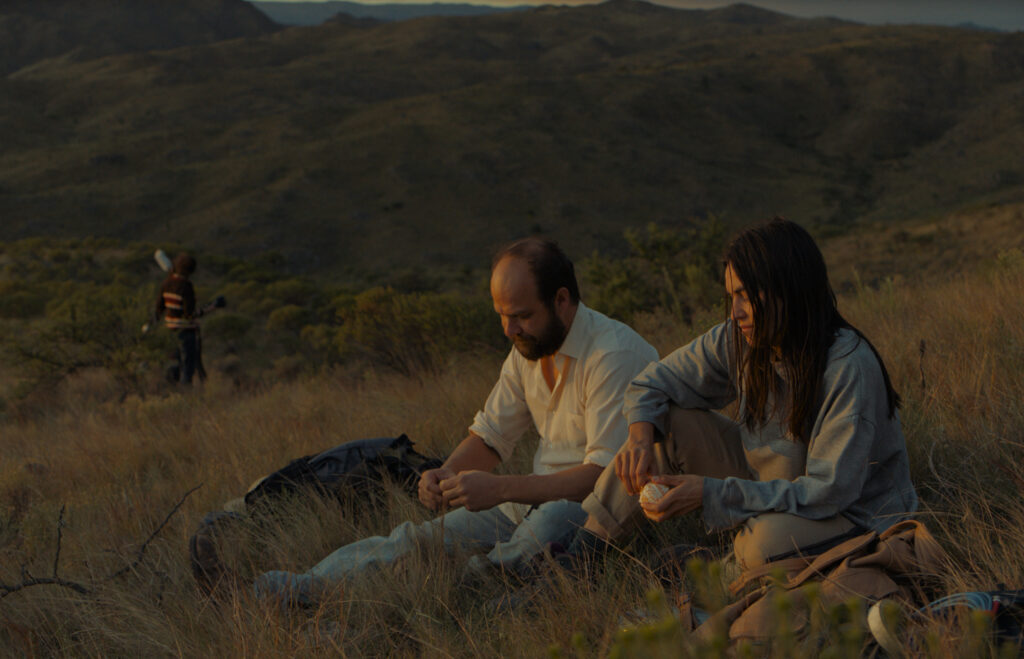
“Los Delinquentes” (2023). Courtesy of NYFF
Argentina’s official candidate for the 2024 Oscars is not a heist movie, contrary to what its publicity team might want you to think. “Los Delincuentes” concerns a hapless bank clerk named Román (Esteban Bigliardi) who gets involved in a petty heist carried out by his colleague Morán (Daniel Elías). Over its three-hour runtime, the film obsesses over repetition and variation, concepts which it explores by drawing out the similarities and differences between lives spent working 9-to-5’s and lives spent in prison; the unavoidable tropes that emerge when making a genre film and the spontaneous innovation that comes with riffing on known formulas; how much of life is the result of choice and how much the subject of chance. Near the beginning of the film, the bank where much of the drama takes place is brought to a halt when a client with an identical signature to another tries to cash a check. One clerk reasons, “Some people have the same voice,” another adds “Some people have the same life.” This curious prologue sums up much of the film’s concerns in a quick fashion, setting the stage for Moreno’s winding investigation into the pervasive lack of freedom that characterizes life during late capitalism — lives defined by the countless hours spent realizing the same commute, seeing the same faces, and practicing the same routines.
Kleber Mendonça Filho’s “Pictures of Ghosts” (Brazil)
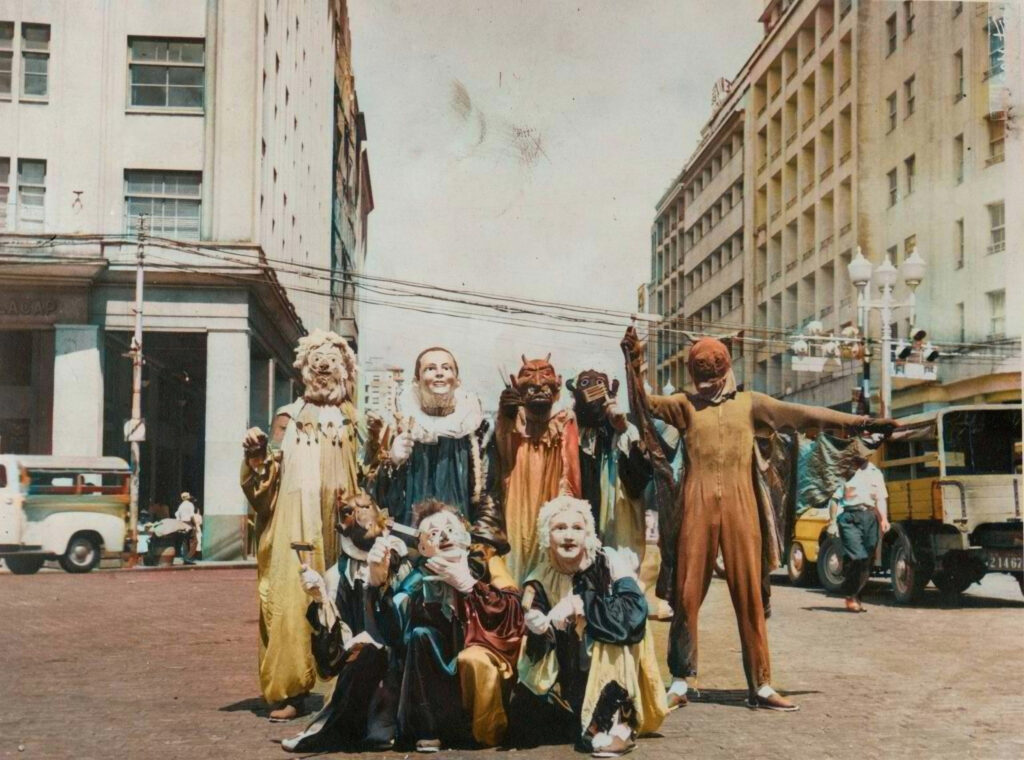
“Pictures of Ghosts” (2023). Courtesy of NYFF
In his self-reflexive documentary “Pictures of Ghosts,” Brazilian director Kleber Mendonça Filho looks back on the echoes and repetitions that have defined his filmmaking career. His three-part meditation on filmmaking, filmgoing and film-viewing is a perfect example of homegrown cinema: it is equally amateurish and charming. Watching “Pictures of Ghosts,” it becomes hard to shake off the feeling that Filho — a typically exciting auteur — could have done more to elevate his diary-film from feeling like a slapdash collection of archival material that’s uniformly unpleasant to look at. Filho’s decision to include a slight surrealist scene at the end of the film, a true moment of inspired genius, and “Pictures of Ghosts” feels all the more frustrating. His eleventh-hour brandishing of ingenuity only serves the purpose of making you think: “Couldn’t the rest of the film be like this?”
Eduardo “Teddy” Williams’ “The Human Surge 3” (Perú, Sri Lanka, Taiwan)
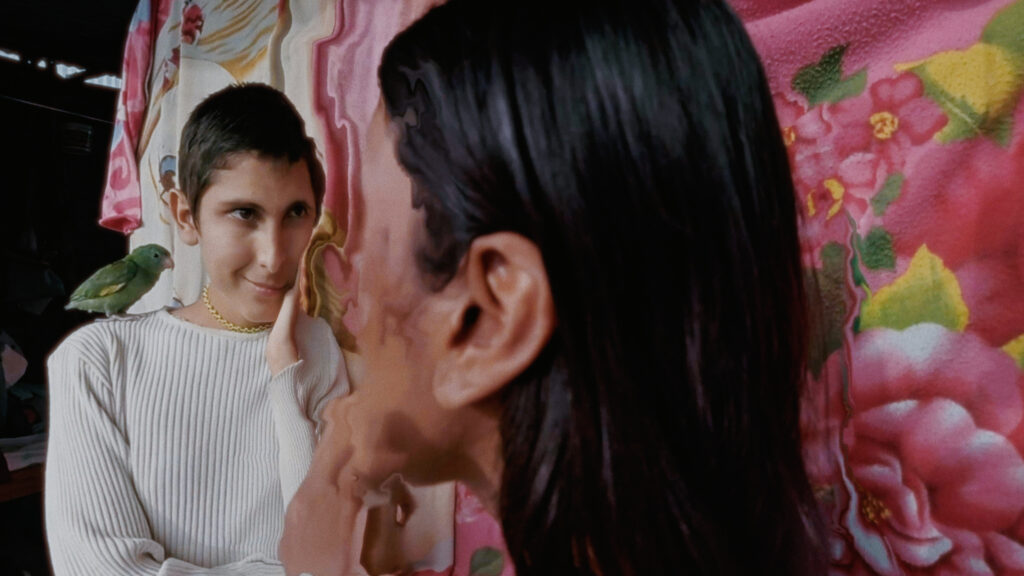
“The Human Surge 3” (2023). Courtesy of NYFF.
Recent CHANEL NEXT PRIZE recipient Eduardo “Teddy” Williams’s newest film “The Human Surge 3” is a sequel to his feature debut “The Human Surge” (2016). By the way, there’s no “Human Surge 2.” Filmed between Sri Lanka, Perú, and Taiwan, the film captures the feeling of making friends on the internet, a distinctly new phenomenon that privileges direct communication over physical proximity. His decision to film with a 360-degree camera in order to bring multiple characters and locations from across the globe into the same frame adds to this feeling, imbuing what’s essentially a hang-out film with an added artistic flair. Always astute and inspired, William’s latest attests to his status as one of today’s most visionary directors.
Felipe Gálvez Haberle’s “The Settlers” (Chile, Argentina)
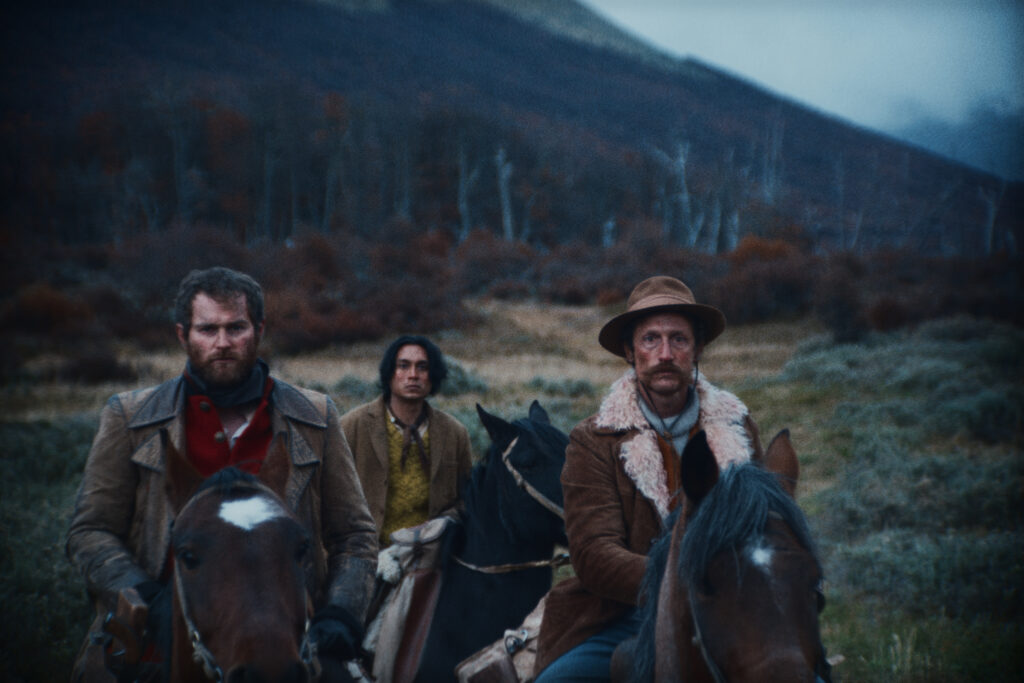
“The Settlers” (2023). Courtesy of NYFF.
“The Settlers” is a Chilean period piece set in the late 19th century directed by newcomer Felipe Gálvez Haberle (he previously edited the wonderful “El Gran Movimiento”). Featuring excessive violence, “The Settlers” appears to delight in the disturbing colonial history it pretends to lecture its viewers about. Sadism aside, the film’s wonky structure is so jarring it becomes impossible to follow any of the characters, locations, or arguments that are featured in the film. If you look closely, Haberle’s actors aren’t even holding their reins right on their horses. Unfortunately, the whole project feels like a sham.
Lisandro Alonso’s “Eureka” (Argentina, France, Portugal)
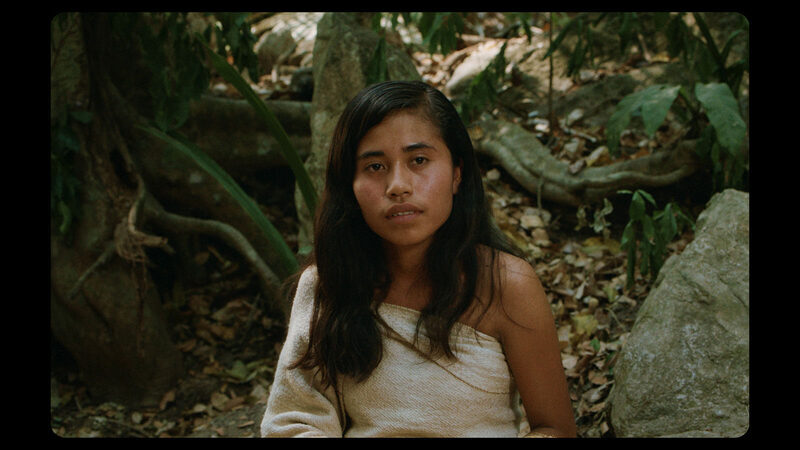
“Eureka” (2023) Courtesy of Slot Machine / Le Pacte.
In his latest film, Argentine mainstay Lisandro Alonso explores the long history of injustice that indigenous people have suffered across North and South America. His three-part quiet epic “Eureka” breezily moves through different myths and realities attached to indigenous people in America. The three parts don’t fit together perfectly but their disjointedness harbors a unique resonance. The film feels like a pointillist triptych wherein each part is charged with its own larger-than-life magnetism. “Eureka” can prove exhausting to watch, but for those who stick with it, therein lies a transcendent experience.
Nicolas Pedrero-Setzer is a Mexican-American film critic and programmer based in Brooklyn.
